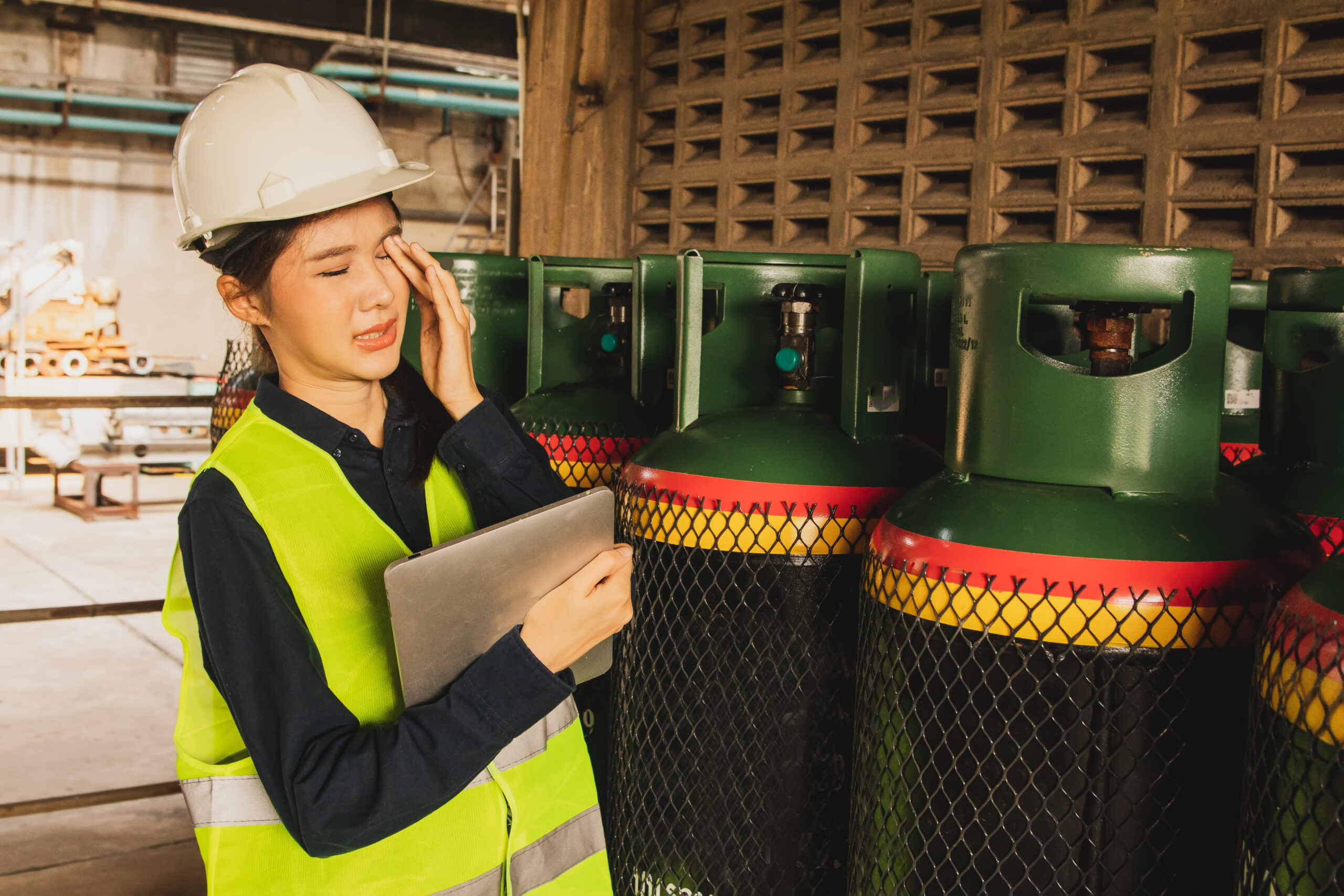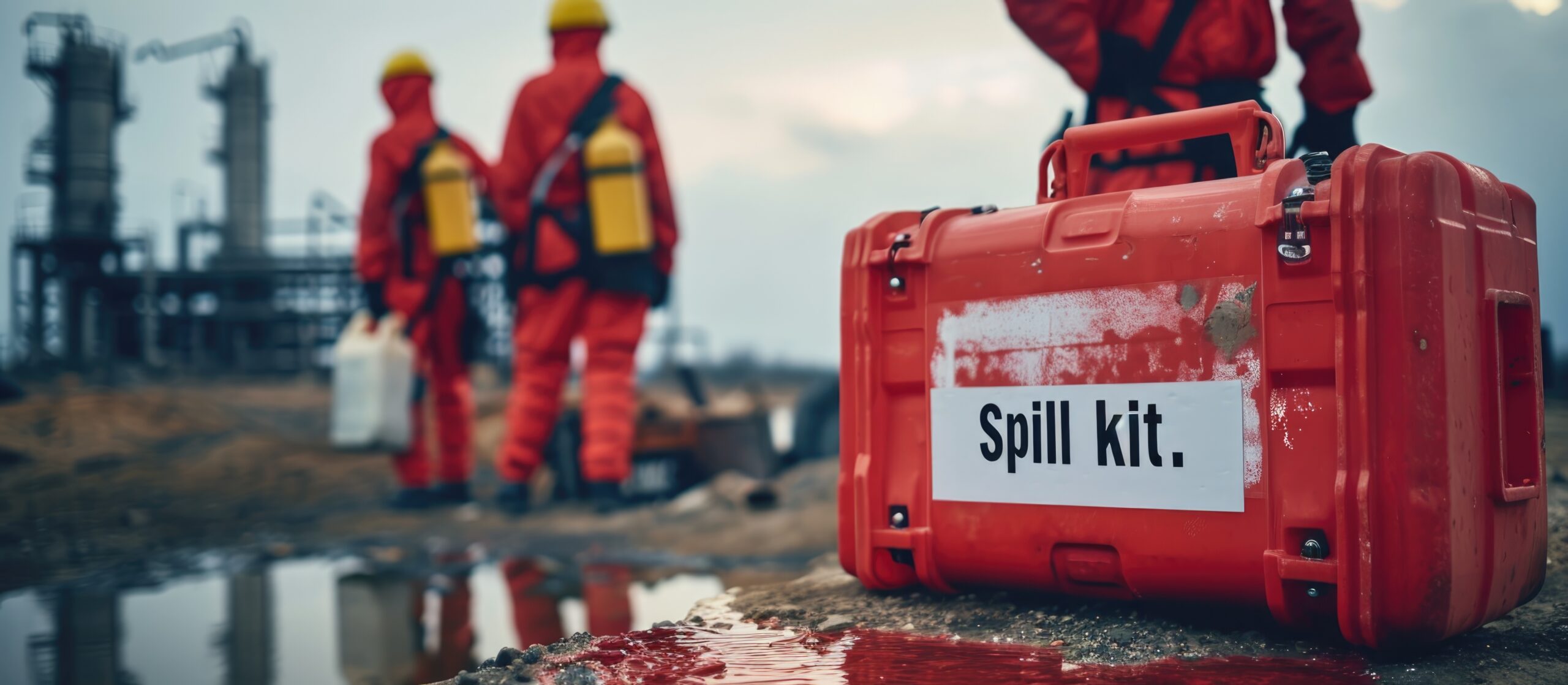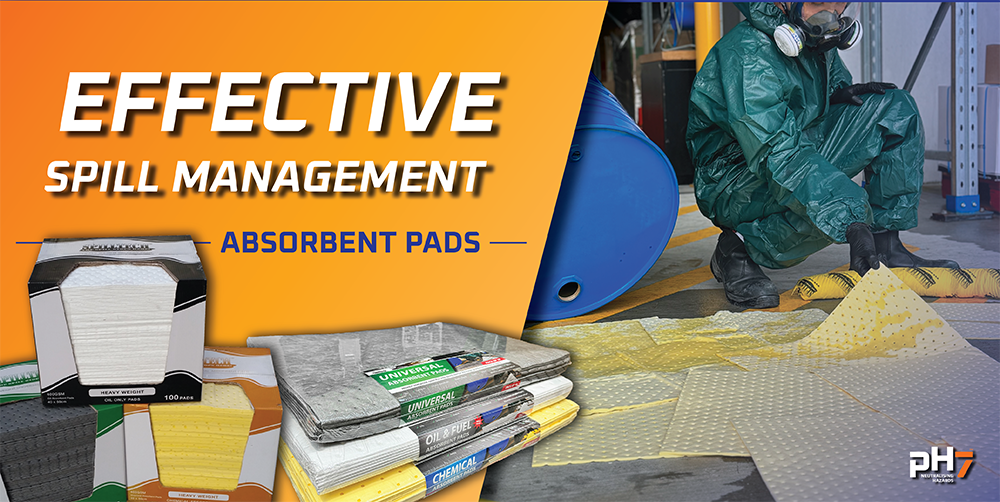When thousands of people allege a popular agricultural chemical caused a debilitating neurological disease, the global safety community pays attention. This is precisely the situation surrounding paraquat, a widely used weedkiller now entangled in thousands of lawsuits in the United States. Plaintiffs claim the chemical contributed to their development of Parkinson’s disease, and while litigation unfolds, the implications are far-reaching – even for workplaces in New Zealand.
This article explores the connection between paraquat and Parkinson’s disease, outlines the risks of hazardous substance exposure, and explains what practical steps New Zealand businesses can take to strengthen chemical safety practices in line with regulatory expectations.
Why This Topic Matters
Hazardous substances are routinely used in agriculture, horticulture, industrial processing, and maintenance operations throughout New Zealand. Paraquat, though now banned locally, was once widely applied in similar contexts. The ongoing litigation in the United States, alleging that the chemical may contribute to the onset of Parkinson’s disease, raises urgent questions about how exposure to herbicides and other toxic substances is managed.
New Zealand’s Health and Safety at Work (Hazardous Substances) Regulations 2017 mandates that employers protect workers from harm due to chemical exposure. Failure to do so can lead to both immediate health crises and long-term consequences, including neurodegenerative conditions. Beyond regulatory penalties, the reputational and human costs of inaction are severe. Appropriate storage systems, regular safety training, and the use of compliant personal protective equipment are fundamental in reducing the risk of exposure to hazardous chemicals, particularly those with chronic health implications.
Key Considerations for Reducing Exposure Risks
Understanding the nature and risk profile of the chemicals used on-site is a critical first step in any hazardous substance management plan. Safety data sheets must be reviewed in detail, with particular attention paid to long-term exposure risks, including toxicity and neurological impacts. Where safer alternatives are available, substitution should be seriously considered.
Chemical storage systems must be designed to prevent leaks, contain spills, and reduce the risk of vapour release. This means ensuring that cabinets and containment units meet the relevant safety standards for the substance type, whether flammable, toxic, or corrosive. Additionally, emergency decontamination stations, such as eyewashes and showers, must be installed and regularly maintained in any area where hazardous substances are handled.
Personal protective equipment should never be generic. Protective gloves, respirators, and coveralls must be matched to the chemical class being used. For substances that present inhalation risks, the importance of a properly fitted and certified respirator cannot be overstated. Respiratory protection programs that include regular fit-testing are crucial for ensuring that equipment provides an effective barrier.
Routine training should go beyond basic handling procedures. Workers must understand the health risks associated with chronic exposure, know how to respond to spills or accidental contact, and be familiar with evacuation protocols. Safety audits, whether internal or conducted by qualified third parties, help identify gaps and verify compliance with evolving legislation.
Common Mistakes and How to Avoid Them
One of the most dangerous assumptions is that if a chemical doesn’t cause immediate symptoms, it is safe to use over the long term. Substances like paraquat have shown how exposure can lead to conditions that develop over years or decades. Workplaces must treat all hazardous substances with this long-term perspective in mind.
Another common oversight is the use of non-specialised or poorly fitted personal protective gear. Not all gloves or masks are suitable for chemical environments, and relying on inadequate equipment puts workers at serious risk. Safety professionals must ensure that protective wear is both compliant and suited to the specific substances used.
Emergency planning is often underdeveloped, with many sites lacking accessible spill kits or functional eyewash stations. A robust emergency response capability is essential, particularly in isolated or high-risk environments where external help may not be immediately available.
Lastly, poor signage, incomplete documentation, and outdated safety data sheets can compromise an otherwise sound chemical management system. All hazardous areas must be clearly marked, and safety protocols should be documented, reviewed regularly, and communicated to every person on-site.
Final Thoughts and Summary
The paraquat lawsuits serve as a sobering reminder of what’s at stake when chemical safety is not prioritised. Although paraquat is no longer in use in New Zealand, the broader risk of hazardous substance exposure remains real and pressing. Businesses must adopt a proactive stance – investing in fit-for-purpose PPE, safe storage, informed training, and ongoing risk assessments. In doing so, they not only protect their teams but also meet their obligations under New Zealand’s health and safety laws.
Call to Action
Now is the time for every workplace handling hazardous substances to reassess their safety protocols. Reviewing chemical inventories, upgrading personal protective equipment, improving storage solutions, and booking comprehensive site audits can significantly reduce long-term health risks. For workplaces looking to strengthen their compliance and protect their teams, these steps are not just best practice, they are essential.
If you have any questions or need more information on handling chemicals, the correct PPE, or storage solutions, feel free to reach out to the pH7 team on 0800 323 223 or enquiries@ph7.co.nz. We’re happy to help!
Q&A: Commonly Asked Questions
Q: Is paraquat still used in New Zealand?
A: No, paraquat has been banned in New Zealand, but other high-risk herbicides and industrial chemicals are still in use.
Q: What health conditions are linked to chemical exposure?
A: Prolonged exposure can lead to respiratory issues, skin conditions, reproductive harm, and neurological diseases like Parkinson’s.
Q: How can workplaces reduce chemical exposure risks?
A: By using compliant PPE, ensuring correct storage and signage, conducting regular training, and auditing their chemical management practices.
Q: What’s the role of safety audits in hazardous substance management?
A: Safety audits identify compliance gaps, assess PPE effectiveness, and validate emergency response readiness.
Q: Why is proper PPE selection so important?
A: Only PPE rated for specific chemical hazards provides adequate protection. Mismatched gear can lead to accidental exposure.
Q: Do respirators need to be fit-tested?
A: Yes – if you are using a tight-fitting respirator, regular fit-testing ensures a tight seal and effective respiratory protection, especially in environments with airborne toxins.






